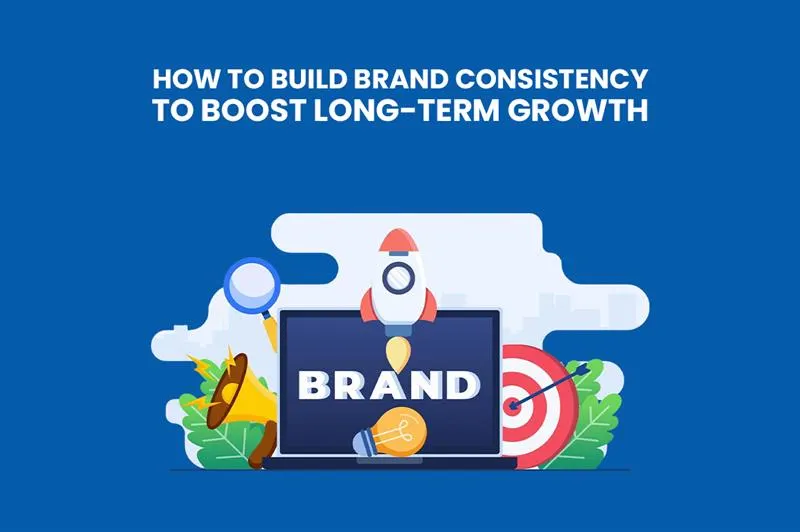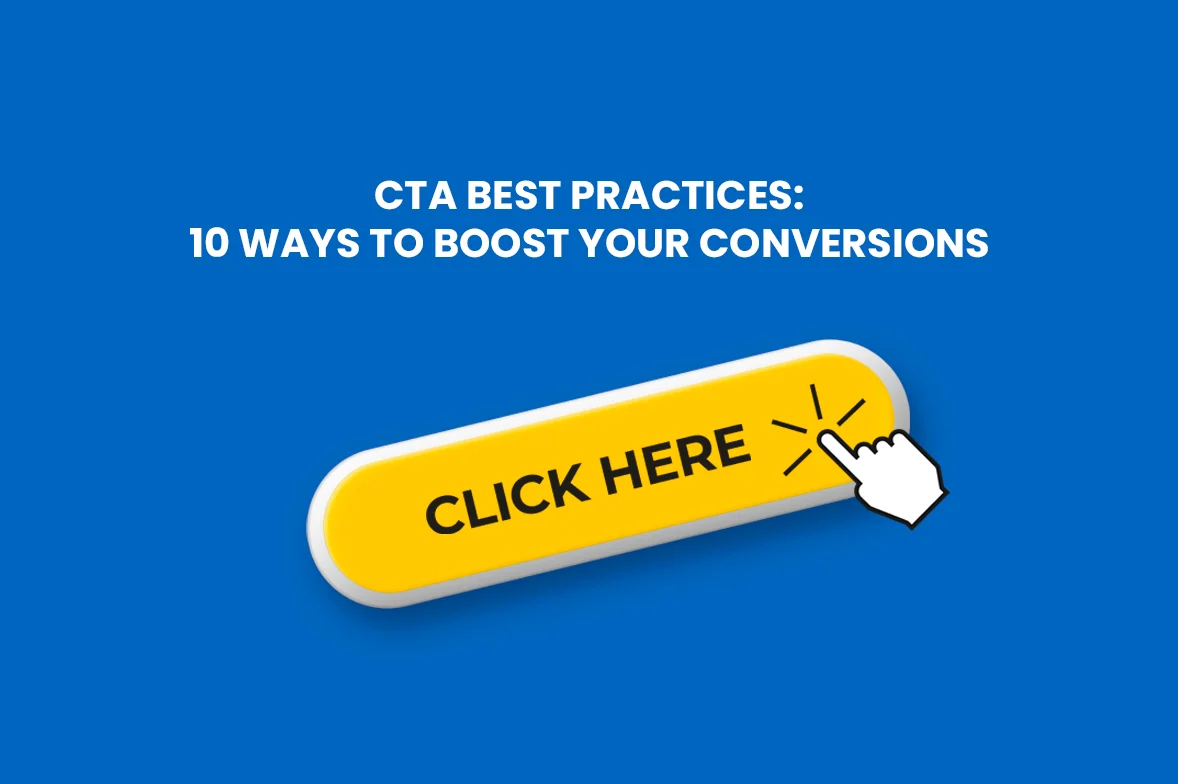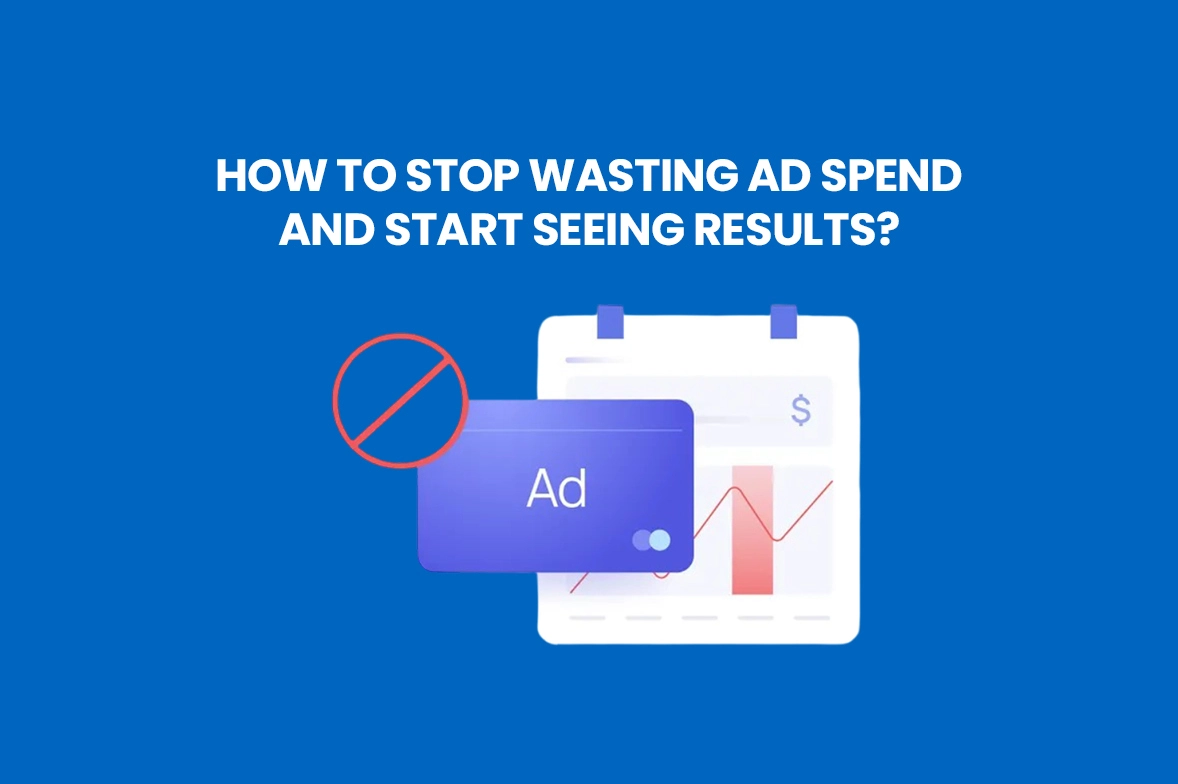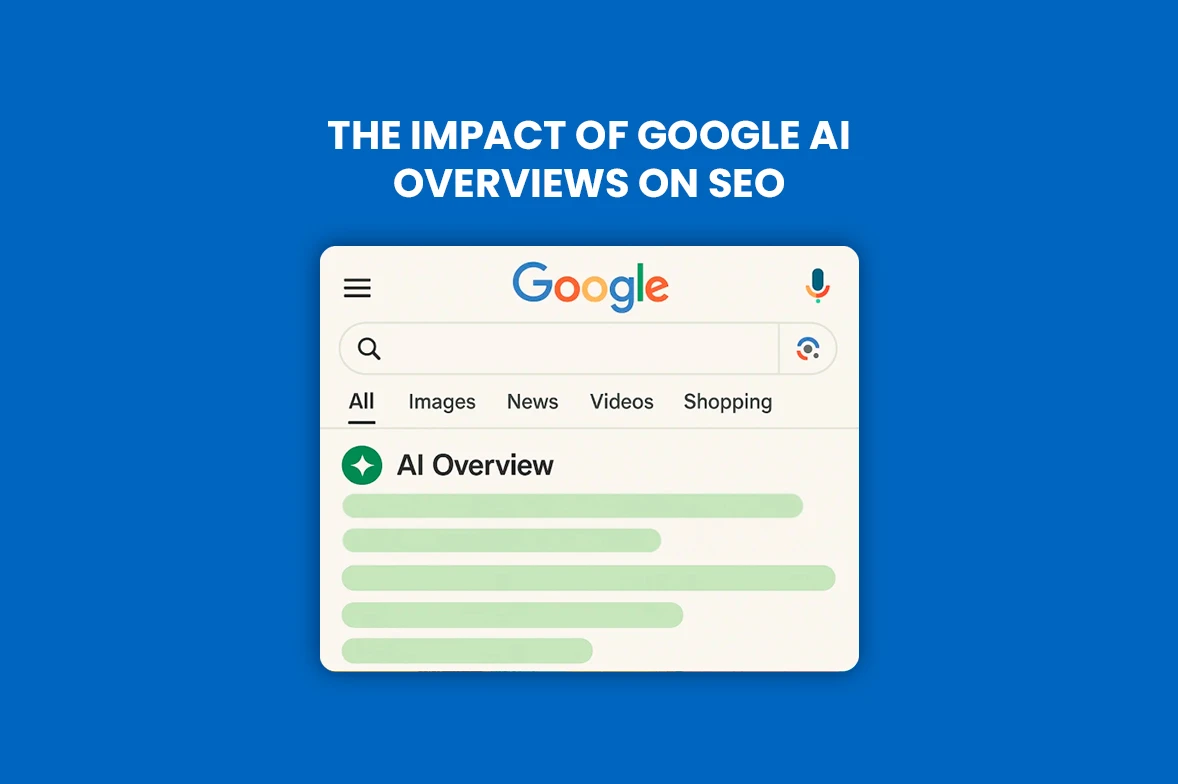
How to do SEO for E-Commerce Websites?
“39% of all global e-commerce traffic comes from search.”
Did you know that deficient checkout processes, slow load times, poor return policies among others are some of the major problems faced by e-commerce consumers?
These problems can easily be solved if businesses had implemented SEO in their websites right from the start.
Sadly, most businesses overlook the importance of having SEO for their online shops. It is necessary to have paid campaigns and social media but SEO has the highest ROI in marketing campaigns. With a bit of effort, SEO can help rank your website and bring in happy customers ensuring quality leads.
Online shops with thorough product descriptions and beautiful photography and reviews help visitors in their decisions and also increase your website ranking.
So, where do we start?
1)Keyword and Competitor Research
Keyword and competitor research is the very first step. Search for keywords that have ‘buyer intent’ as these indicate that the customer is more likely to buy. How do you search for keywords with search volume, relevancy, and ranking difficulty?
Find relevant keywords with keyword research and use tools like Google’s or Moz’s keyword tools. You can get great insights from Amazon’s autofill suggestions and their keyword tool (free for 3 searches per day). Don’t choose keywords that too broad or competitive. Instead, select long-tail keywords or phrases which will help to rank against powerful competitors.
While doing competitor research, find out the keywords that they rank for. It is better to focus on other keywords if they have a higher domain authority than you.
2) Site Architecture
E-commerce site architecture is extremely important and attention should be given to popular products in a category, related products, top-rated products, etc. The three basic points to be followed are the sites have to be simple and scalable, customer should reach their page within three clicks, use keywords for highly relevant page URLs and subdirectories.
3) On-Page SEO Strategy
On-Page SEO helps you to appear in the SERPs. It should be done for the e-commerce category, product pages, and blog pages. Pay good attention to reviews and images which is very crucial. Some of the other areas that need focus are usability, internal linking, rich snippets, and social media integration.
4) Technical SEO
SEO is not just about keywords but it also covers the technical aspects like link building, mobile-friendliness, etc.
Where do you start?
We have to begin with an e-commerce site audit to better understand the quality and current standing of the site and to get the best results with little effort. Crawl the site to find broken links, missing alt text or duplicate data. They can hurt your ranking bad. Your domain should have only one link that is accessible and all the others should be redirected to the canonical version.
5) Local SEO
Local SEO can give your SEO a good push for your e-commerce websites. You can start by claiming your Google My Business profile, building local citations, and local links.
6) Content Marketing
Content marketing helps businesses to get more keywords and build more backlinks. Blogs linked to the product pages convert more traffic. Don’t stuff keywords in your blogs or Google will penalize you for keyword stuffing and low-quality.
Well, we just gave you a quick run on how SEO has to be implemented for e-commerce websites. Every business aims to get the maximum clicks and leads through their online shops. We can help you with your concerns or problems. Give us a call today!
Anuja Benny
Anuja is a skilled content writer with 4 years of experience crafting engaging and impactful content. She has a knack for delivering clear and audience-focused writing through blogs, articles, copies, technical writing, case studies, and so on. With a keen eye for detail, she is dedicated to delivering high-quality content to connect with the right audience.














